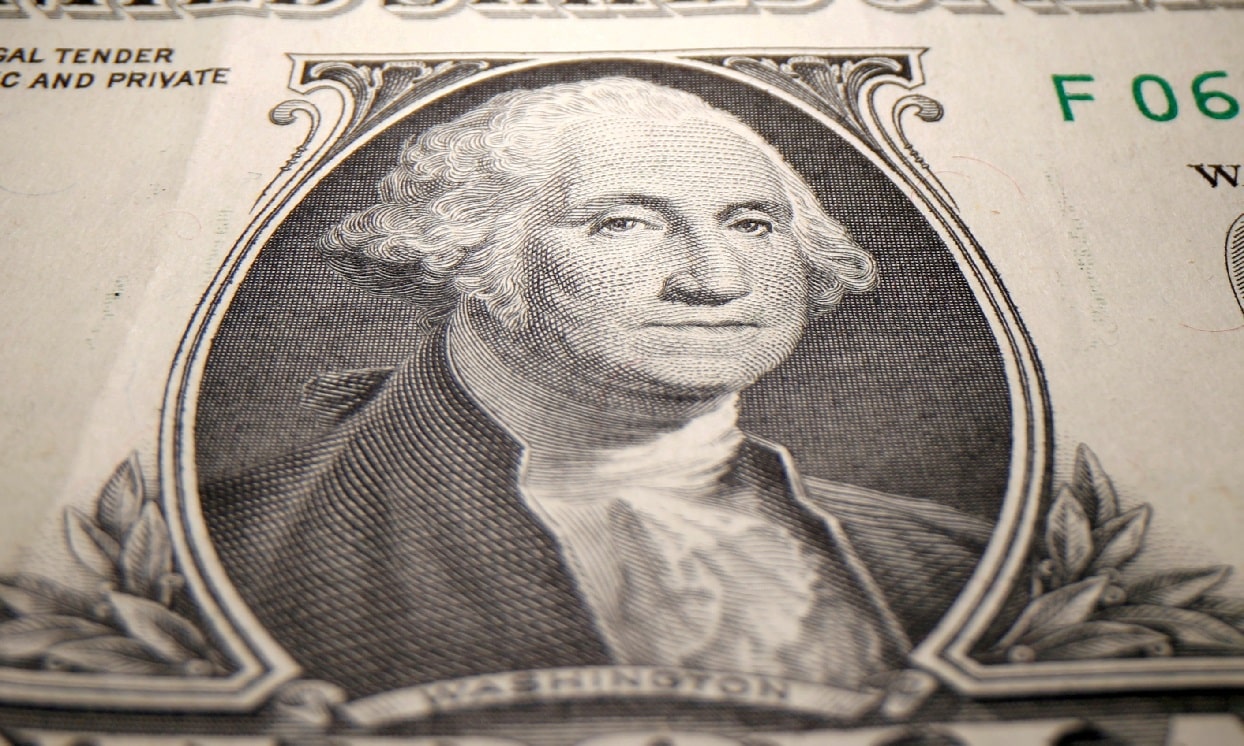There is an apocryphal story about the inquest that followed the sinking of the Titanic. When the Titanic’s captain was asked why he did not steer the ship away from the iceberg, he replied “What iceberg?”.
Judging by Federal Reserve Chairman Jerome Powell’s rigid monetary policy stance, we have to wonder whether something similar might be said of him in the event that the economy has a hard landing. As repeated at today’s FOMC meeting, Mr. Powell clings to his high-interest rate policy even when strong deflationary forces are in plain sight.
A distinguishing characteristic of monetary policy over the past two years has been the rapid rate at which interest rates were raised in response to inflation’s surge to more than 9 percent in June 2022. From their zero bound, interest rates were hiked by 5 ¼ percentage points or at the most rapid rate since Jimmy Carter was in office. Together with the Fed’s shift to quantitative tightening, those interest rate hikes have led to the unusual situation of a contracting money supply.
The key point is that what might have been an appropriate stance of monetary policy in 2022 is not necessarily the appropriate stance today when conditions have changed. It is not simply that core inflation as measured by the personal consumption expenditure index, the Fed’s favored inflation yardstick, has fallen to 2.8 percent or close to the Fed’s 2 percent inflation target. It is also that meaningful deflationary forces are on the horizon.
At home, the main deflationary force is associated with the slow-motion train wreck that is now occurring in the commercial real estate sector due to the high rate of office vacancies as more people work from home. This is now expected to cause office prices to fall by at least 40 percent from their 2022 peak level. That in turn, together with high interest rates, is raising questions as to how property developers are going to be able to roll over the $930 billion in property loans that fall this year without a significant debt restructuring.
Unfortunately, it would be an understatement to say that the banking system in general, and the regional banks in particular, are not in a good position to make large loan loss provisions for their real estate lending. High-interest rates are estimated to have caused around $1.5 trillion in mark-to-market losses on their large bond portfolios. As underlined by a recent National Bureau of Economic Research Study, this could lead to the failure of close to 40 small and medium-sized banks over the next two years. That in turn could precipitate a recession by leading to a credit crunch for the country’s small and medium-sized businesses.
Abroad the main deflationary force is associated with the bursting of the Chinese housing and credit market bubble and the loss of investor confidence in President Xi’s economic management. The Bank for International Settlements (BIS) estimates that the Chinese credit market bubble exceeded that which preceded Japan’s lost economic decade in the 1980s and which preceded the bursting of the US housing market bubble in 2008. This seems to be setting China up for a lost economic decade of its own and for a prolonged period of domestic deflation.
Being the world’s largest importer of international commodities, a slowing Chinese economy must be expected to put substantial downward pressure on world oil and food prices. At the same time, in its effort to rebalance its economy away from its overreliance on the property sector and investment, the Chinese government is likely to promote exports as a means to deal with domestic overcapacity. That in turn is likely to lead to significantly lower import prices for the rest of the world economy.
In early 2008 Ben Bernanke’s Federal Reserve downplayed at great cost the downside risks to the economy coming from the subprime loan crisis. Today, Jerome Powell’s Fed seems to be making a similar mistake by downplaying the downside risks to the economy from the commercial real estate crisis and the bursting of the Chinese housing and credit market bubble. We have to hope that the Fed changes course soon to spare us from an unnecessary hard economic landing.
About the Author: Dr. Desmond Lachman
American Enterprise Institute senior fellow Desmond Lachman was a deputy director in the International Monetary Fund’s Policy Development and Review Department and the chief emerging-market economic strategist at Salomon Smith Barney. He is a prolific author on economic issues.

